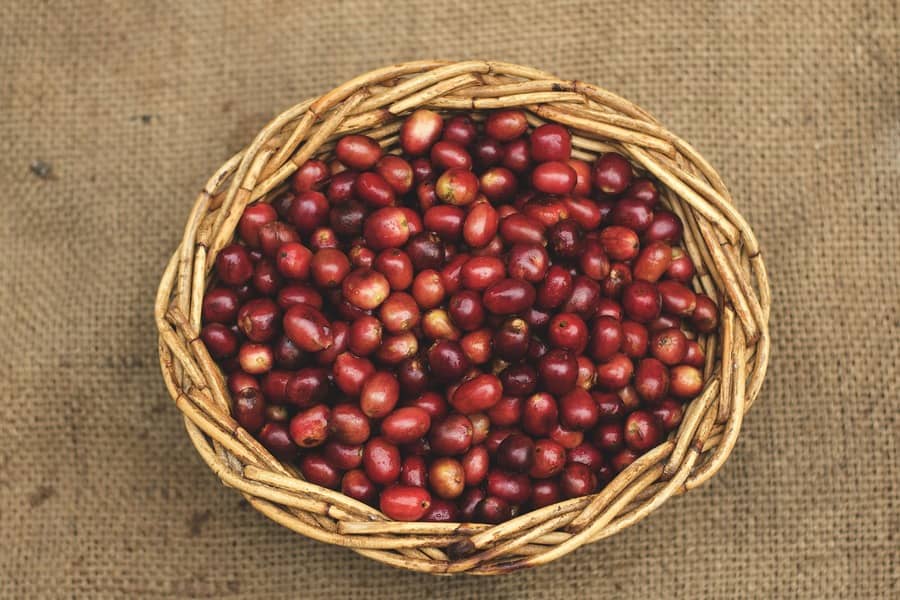Taking the ICO price references and comparing them with the second position on ICE US, it can be seen that the differentials of mild coffees lost relative value, while natural coffee from Brazil and, in particular, robusta showed resistance. The weaker performance of mild coffees is linked to crop changes. The low availability in the off-season, particularly of Colombian coffee, generated a strong appreciation of the export differentials of such descriptions. The arrival of new coffee on the market, with the start of the 22/23 production cycle last October, helped to deflate the external negotiation basis.
It is good to remember that Colombian coffee Excelsior Epoca was quoted on FOB Buenaventura at 221 cents at the end of October, decreasing 3% to close November at 214.50 cents. In the same period, for example, Brazilian fine cup 17/18 on FOB Santos rose 1.8%, going from 162.05 to 164.90 cents (flat price).
Overall, the export differential of Colombian milds fell from +70 cents to around +59 cents against ICE US. Brazilian naturals have been on the sidelines, slightly above par. The low availability along with the fall in the futures market explain a slight positive realignment in the differential of Brazilian coffee, which tends to gain strength with the progress of the off-season.
Highlight on the positive adjustment of robusta coffee, which was already trading at -125 cents against ICE US in June this year. Last October, it was around -89 cents, changing to -77 cents at the end of November. The strengthening of the robusta differential against the NY benchmark is justified by the negative adjustment in the international price of arabica, given the prospect of growth in the supply of this coffee in 2023.

